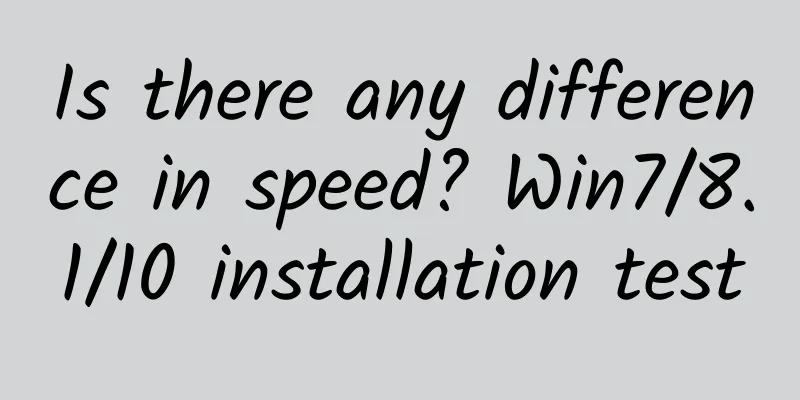App Increment and Retargeting: User Segmentation

|
For a long time, or at least since advertising began to take shape, the question of whether marketing investment is actually generating real value has always been the most puzzling question for marketers and their bosses. Their concerns are justified. After all, just because a marketing campaign performs well doesn’t necessarily mean that the marketing spend was justified. The most valuable question is whether the users we pay for to generate revenue would actually do so themselves (i.e., users who could have gotten it for free). To answer this question and justify the expense, incremental testing was developed. What is Increment? Incrementality is a measure of lift that can be attributed to marketing activity. A common approach is for marketers to compare a baseline of expected/natural behavior and then isolate the benefit of marketing on this behavior. The following diagram explains this concept: In the whole discipline of testing the incremental effectiveness of advertising, one specific method is A/B testing. In this test, the impact on the exposed group that is served an ad is compared to a control group that is not exposed to the ad or is exposed to a shadow ad/PSA (Public Service Announcement). Enter visitor retargeting The concept of incremental revenue is especially important in retargeting campaigns. In this scenario, the user has already installed and used an app, so the likelihood that they will voluntarily (organically) use it again is much higher than the likelihood that the user will organically discover an app for the first time. Therefore, the question that has always been on the mind of marketers is whether to recapture visitors through paid marketing activities , and to what extent. To help our clients understand the incremental value of their retargeting campaigns, we recently ran several A/B tests. We found that retargeting did generate incremental value in the majority of cases we analyzed. That said, it’s important to stress that in some cases, retargeting not only fails to generate incremental revenue, but can even reduce revenue that would otherwise be generated organically. This is most likely the result of excessive intrusive advertising, leading to a poor user experience. What really matters in retargeting is user segmentation Analyzing a marketing campaign for a shopping app, a clear distinction quickly becomes apparent: retrieving segments of users who had not yet completed a purchase generated significant incremental revenue, while reaching out to segments that had already made a purchase had a huge negative impact. We can see that for this app, it is not recommended to re-engage with users who have already purchased, as this may discourage those shoppers from purchasing again. Are your retargeting campaigns doing the same thing? Be sure to check it out. On the other hand, retargeting campaigns worked wonders for the user segment that had not purchased prior to being exposed to the campaign, resulting in a huge lift just two days after install. After one month, retargeting proved to be extremely beneficial, generating significant incremental value. This means that the app should not run retargeting campaigns in the first half of the week after install, but should allocate the largest share of its budget to retargeting campaigns only in the fourth week after install. The example from another shopping app produced a clear result: retargeting activity for the defined segments and goals was highly incremental from day 0, especially in terms of converting users. This segment had not purchased prior to exposure, and as a result of this marketing campaign, users converted in far greater numbers than the unexposed control group—up more than 5x over time by the fourth week after install. The campaign also had a positive impact on controlling the number of churned users, effectively reducing the number of users who stopped purchasing. Similar to the boost in converted users, this trend only increases over time. Make sure you are properly monetizing your converted users By running a retargeting campaign, this gaming app was able to generate a huge lift in the number of converted users. However, the average revenue of these users underperforms and in some cases even deviates from the organic baseline. A more significant revenue increase occurred in the fourth week after installation. In this case, we can see that retargeting campaigns are bringing mixed results, and marketers are looking for ways to generate more revenue from these converted users. Don’t forget to test your ad platforms! In addition to testing different market segments to find those that see the biggest lift, it’s equally important for marketers to test multiple retargeting platforms. The example below is from a third shopping app, where performance analytics show that different ad platforms provided different incremental lifts for the same segment: loyal users who made a purchase before and after being exposed to a retargeting campaign. Final Thoughts Understanding incrementality allows advertisers to optimize their ad budgets by allocating retargeting spend in the most impactful way — leveraging the right market segments at the right time and across multiple proven ad platforms. In fact, we’ve seen that retargeting does prove its incremental value in the majority of cases we’ve analyzed. Source: |
<<: What are the benefits of having a mini program in a physical store?
>>: How much does it cost to make a small program?
Recommend
How to optimize single-page website SEO? What are the common SEO problems?
Q: What is the specific process of keyword optimi...
Why is it difficult for domestic apps to dominate overseas markets?
[[137790]] China is the most populous country in ...
21-day life planning training camp, how about the 21-day training camp?
21-day life planning training camp, how about the...
Why do clothes that are dried in the shade smell so bad? The reason is...
When the rainy season comes, friends in the south...
How to build a product operation strategy? Just 3 steps!
Recently, I have seen many articles online that d...
This 279 yuan gaming mouse may be as good as a thousand yuan product
1Good feel specially designed for gamers Thunder,...
Jin Yunrong: 20 lessons for a happy marriage, explaining the way of husband and wife for you
Jin Yunrong: 20 lessons for a happy marriage, exp...
Useful post! Compiled from 22 copyright-free, free, high-definition picture material websites!
There is no doubt that picture materials are beco...
Uncover the 4 core algorithms behind Tik Tok to help you easily become popular
On TikTok , being on the hot recommendations is t...
The site consumption of the search bidding account is stable, but the conversion volume has decreased. Now that the consumption has been reduced, there is no effect in expanding keywords based on good conversions. What should I do?
The keyword report is mainly about keyword displa...
What should I pay attention to when applying for POS machine benefits for supermarkets?
POS machines have become an indispensable currenc...
Bee: I love to pick the sweetest wildflowers on the roadside.
I am Dong Dong Meow Talking animals are so fun! T...
What other uses does the body painting of indigenous Africans have besides decoration?
In some primitive tribes in Africa, Australia, Pa...
Do internet celebrity brands rely purely on marketing?
With the development of short videos, a group has...
The game "Black Myth: Wukong" has become a new target for fraud. How can we prevent it?
With the popularity of the domestic 3A game "...








![[Case] After working in operations for so long, have you ever thought about what the value of operations is!](/upload/images/67cc4e1b2ffb8.webp)
